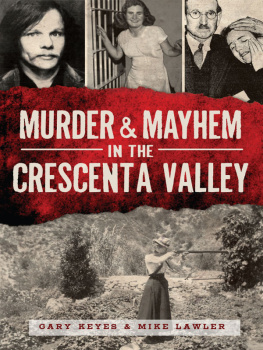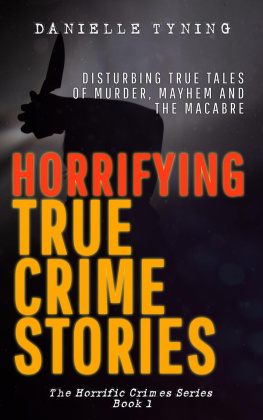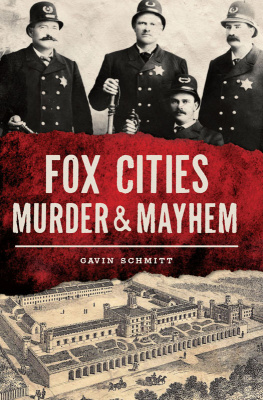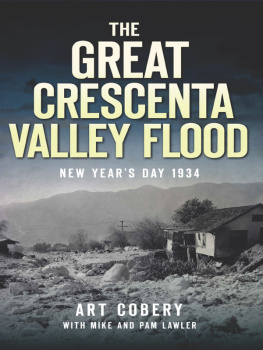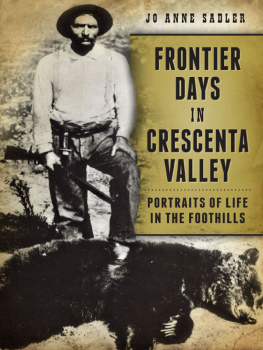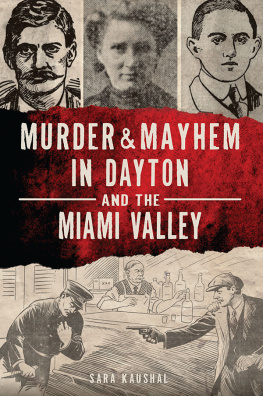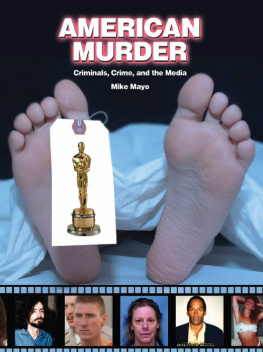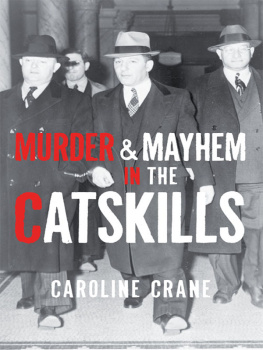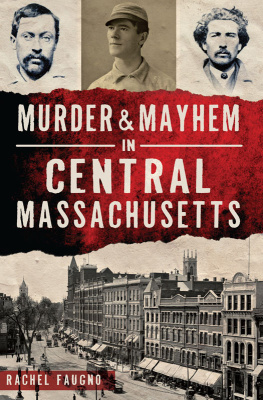sorry something went wrong loading your content. Check the table of contents or try paging forward. Or contact us at support@bookshout.com
Chapter 1
EARLY YEARS
E UROPEAN I NVASION
The settlement of California was accompanied by a great deal of violence, some of it unintended. Even before the first attempts at settlement were made, great changes had occurred in the flora and fauna of California due to Spanish exploration. California had been isolated from the worlds ecology for twelve thousand years. Our deserts, mountains and seas had protected and sheltered the native ecology. Juan Rodriguez Cabrillo arrived in 1542 with two ships. He was followed by Sebastin Vizcano in 1602 with three ships. The explorers brought with them literal seeds of change on their clothing and gear. They brought heartier and more competitive plants from the Mediterranean basin that rapidly supplanted much of the original plant life of California. They also brought microbes that reduced the defenseless Indian population from an estimated 200,000 to roughly 20,000.
The mission system was traumatic to the Indians social and sexual lives. In an attempt to save Indian souls, the padres found it necessary to suppress many aspects of Indian life, such as polygamy. They accomplished their purpose with tactics that we find abhorrent today, including beatings, imprisonment and humiliation.
Early life in California was a paradise for the Spanish and, later, for the Mexicans. The living was easy with its economy based on cattle, which were raised for their hides. Life was a constant round of celebrations, births, weddings and religious feast days. When Don Pio Pico married Maria Alvarado in February 1834, the feasting went on for eight days, and every resident of Los Angeles was invited. The Mexicans were great horsemen. The horse was integral to their way of life. They raised them and used them in competitions such as racing, which was usually accompanied by gambling.
I NDIAN A BUSE AND THE B ETRAYAL OF T OYPURINA, 1785
In 1769, with the founding of the first Spanish mission in California, two major cultures clashed. One, the Indians, was fragmented into several subcultures, or tribes, many of which were by nature peaceful and trusting, with a religion and traditions that were thousands of years old. The other culture, that of the invading Spanish, was well organized and technologically superior. They easily dominated the Indians, eventually inadvertently killing the majority of them through disease. Traditionally, the victor writes the history, and so for over 250 years, we have been told that the Indians were peacefully and willingly assimilated into the mission system. In about the last 50 years, however, a different story has begun to emerge, a story of misery, abuse of Indians both in and out of the mission system and, arguably, Californias only brush with institutionalized slavery. Although some of the sources of this second history are controversial, others are eyewitness accounts written during that time. The following is a different story of the missions than has been told before, some of it touching on our own Crescenta Valley.
There were three villages in the Crescenta Valley area. Tujunga was near where Big Tujunga Canyon opens out into the San Fernando Valley. Hahamongna was located on the plateau overlooking the Arroyo Seco, about where Jet Propulsion Laboratory (JPL) is today. The third, Wikangna, was the closest to La Crescenta, although we still dont know exactly where it was located. The most likely spot is Las Barras Canyon, where the Verdugo Hills Golf Course is today. All three villages were heavily drawn down by mission recruitment or disease, and each, as far as we know, disappeared during the mission era.
When the Spanish first arrived to establish San Gabriel Mission, the native population lived in a veritable paradise. Californias native population numbers were among the highest on the continent. Life was easygood weather and good foodjust like today. The Indians had a varied diet, and food was plentiful. They lived a free and easy lifestyle, living where the living was easy: the cool canyons in the hot summers, sheltered under the oaks in our mild winters. Their cultures were for the most part peaceful, and although there were conflicts between the tribes, their wars were little more than dangerous sport.
The Spanish, on the other hand, were fierce and tough, with a focused goal of conquest and occupation. Their objectives were to establish a foothold for Spain on a new continent and to save the souls of the current occupants and make them good subjects of the crown.
Once sites for the missions were selected, labor was needed immediately. Initially, some willing converts trickled in. Larger numbers followed, but why they were drawn to the missions becomes murky. Perhaps they were attracted by the pageantry of the Catholic religion or the deep spiritual commitment of the priests. But on the other hand, stories have been told of Indian children being kidnapped by the priests so that their parents would be forced to follow them to the missions. There are accounts of recruitment with military assistance, a polite term for armed raids on villages to collect workers. What is clear from the history books is that, once they committed to the missions, there was no going back to their village life.
Existence in the mission was hard. New converts, or neophytes, fresh from village life where their diets were varied and rich were probably shocked by the rations handed them. Breakfast was barley mush, followed by a lunch of barley mush mixed with beans or peas and a dinner of, you guessed it, barley mush. Meat from the mission cattle was only occasionally given to the Indian workers. Overall, the hardworking laborers were given about two thousand calories a day, enough to survive on but suboptimum for good health while doing physical labor. The neophytes were segregated by sex, the men and women being locked into separate quarters each night. These cells were badly overcrowded, poorly ventilated and unsanitary. For the women who did manage to become pregnant, abortion and infanticide became increasingly common as time went on.
With the cramped conditions and poor diet, disease on a large scale was inevitable. Dysentery, smallpox and influenza killed thousands of neophytes, and the mission fathers had little in the way of medicine to combat this. The reduction in workers for the mission by disease and the lack of reproduction made raids into surrounding villages more widespread and aggressive.
Punishment for the smallest infraction was common and brutal. Flogging, confinement in stocks and hard labor were freely handed out. One researcher, using mission records, compiled a sampling of 362 Indians punished, and the recorded punishments seem harsh: 70 percent were flogged by fifteen to over two hundred lashes, 57 percent were imprisoned and forced to do hard labor from one month to four years and 36 percent were both flogged and imprisoned. An unlucky few were executed for crimes such as homicide, conspiracy or robbery. Even one contemporary priest, Padre Horra of Mission San Miguel, complained to the viceroy in Mexico in 1799, saying, The treatment shown to the Indians is the most cruel I have ever read in history. For the slightest things, they receive heavy flogging, are shackled and put in the stocks, and treated with so much cruelty that they are kept whole days without water.
In such brutal conditions, it seems natural that the neophytes would attempt to escape from their captors, and indeed, they did. Runaways were a constant problem for the mission fathers. On a practical level, Indians escaping from the mission depleted a constantly strained labor force. If allowed, others would follow. But on a spiritual level, it suggested that the priests had failed their holy duty and that Christianity was not the moral force they believed it to be. Runaways had to be dealt with strongly, and the mission soldiers were sent to collect the fugitives in as brutal and swift a fashion as possible. Harsh punishment awaited them back at the mission, and if those runaways had sheltered in a village, the villagers were punished as well. This must have spread terror across the land and caused some villages to dissolve into the surrounding mountains. It can be imagined that it was at this point that the villages of Tujunga, Wiqangna and Hahamokngna scattered to the Verdugo and San Gabriel Mountains.
Next page
